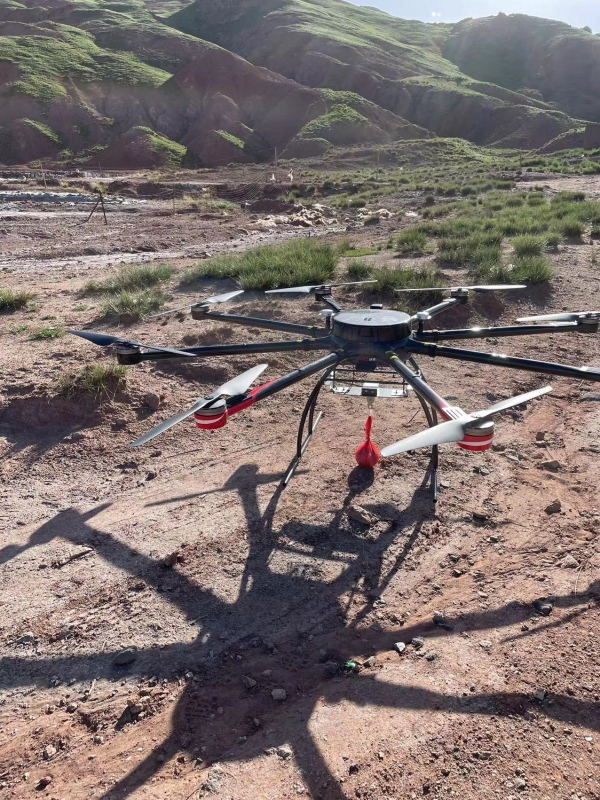Recently, the geophysical exploration research teams of Professor Qian Rongyi of China University of Geosciences Beijing (CUGB) and Ma Haizhou, an ISL researcher, carried out seismic geophysical exploration in the Nangqian Basin using CUGB's new UAV remote source seismic detection technology, which has its own independent intellectual property rights and is suitable for the complex environment of the plateau.A foundation for the features of salt and potassium formation and the forecasting of mineralization in the salt-forming belt was supplied by the geographical distribution and magnitude of evaporite in the exploration region. The knowledge of salt and potassium in the belt of salt formation is greatly aided by the theoretical and practical implications of this geophysical investigation.
The cornerstone of China, a nation with a sizable population and extensive agriculture, is food security. Food production requires potash, and China's arable land has significant potassium deficiency. China's potash resources are exceedingly scarce, especially given the absence of significant amounts of soluble solid potash. Researching potash mineralization law and prospecting prediction in China, innovating potash mineralization theory and prospecting technology and methods, and providing a scientific foundation for finding new potash resource bases are all urgent tasks for Chinese scientific and technological workers. According to studies, the Tethys Structural Area saline basin around the Qinghai-Tibet Plateau is the crucial region for advancing the exploration of large-scale solid potash resources in China. The Nangqian-Cocoxili terrestrial salt belt is one of the key potassium-forming potential locations in China, and ISL has long conducted studies on the local mineralization conditions of potash deposits.
Potassium and sodium salts have a symbiotic relationship. The "saffron salt" resources of the Nangqian Basin are abundant, and the drilling data that is now available indicate that the cumulative thickness of the stony salt layer in this area is 80 meters. Nangqian County is rich in sodium chloride resources, and its traditional handmade saffron salt making skills have a long history and deep culture, which is a handicraft treasure born in agricultural civilization, and it is rare to inherit to this day. As a unique cultural carrier, saffron salt has great development potential, and the integration of saffron salt development with cultural tourism industry is of great significance to the prosperity of Tibetan society. The geophysical exploration of evaporite deposits in the Nangqian Basin has important guiding significance for analyzing the development potential of saffron salt resources in Nangqian and evaluating the sustainable utilization capacity of salt resources.

ISL and China University of Geosciences (Beijing) jointly carry out geophysical work

Remote source drone
